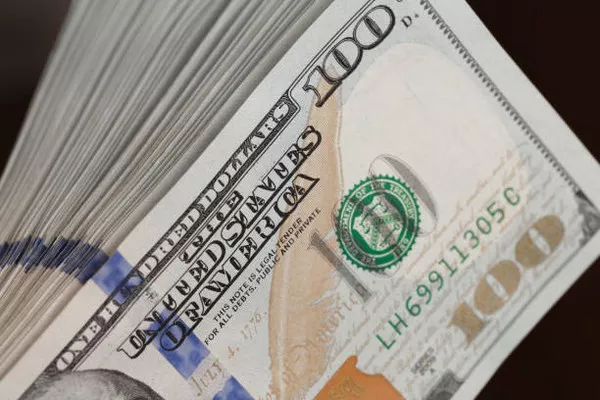In the realm of numismatics, the allure of currency extends beyond its face value. Each bill tells a story, encapsulating history, artistry, and rarity. Among the myriad of bills circulating, the $2 bill stands out as a symbol of American heritage. However, not all $2 bills are created equal. Delving into the worth of a 2003 $2 bill requires an exploration of its intrinsic and extrinsic value, considering factors like rarity, condition, and collector demand.
Historical Context:
The $2 bill holds a unique position in American currency. Originally introduced in 1862, it featured a portrait of Alexander Hamilton, the first Secretary of the Treasury. Over the years, its design underwent several revisions, with notable changes occurring in 1928 and 1976. The 2003 series maintains the familiar depiction of Thomas Jefferson on the obverse and the signing of the Declaration of Independence on the reverse, showcasing the bill’s enduring connection to American history.
Rarity and Production:
Understanding the value of a 2003 $2 bill necessitates an examination of its rarity. Unlike other denominations, the $2 bill is less frequently circulated, making it a novelty among collectors. The 2003 series, in particular, holds significance due to its limited production. The Federal Reserve ceased printing $2 bills for circulation in 2003, marking the last year of issuance until 2013. As a result, 2003 $2 bills are relatively scarce compared to other denominations, contributing to their collectible appeal.
Condition and Grading:
Like all currency, the value of a 2003 $2 bill is influenced by its condition. Numismatists employ a grading scale to assess the quality of bills, ranging from “Uncirculated” to “Poor.” Factors such as creases, folds, and discoloration can impact a bill’s grade, thereby affecting its market value. A 2003 $2 bill in pristine condition, free from signs of wear and handling, commands a premium among collectors, reflecting its scarcity and aesthetic appeal.
Collector Demand:
The true worth of a 2003 $2 bill lies in its desirability among collectors. Numismatics enthusiasts, drawn to the allure of rare and unique currency, actively seek out bills from specific series and years. The 2003 $2 bill holds a special place in many collections, representing the culmination of its production before a hiatus in circulation. As such, collectors are willing to pay a premium for well-preserved specimens, driving up the market value of these bills.
Market Value:
Determining the market value of a 2003 $2 bill requires consideration of various factors, including rarity, condition, and collector demand. While the face value of the bill remains $2, its worth in the numismatic community can far exceed this nominal amount. Auction houses, online marketplaces, and specialized dealers facilitate the buying and selling of rare currency, with prices fluctuating based on supply and demand dynamics. A 2003 $2 bill in exceptional condition can command prices ranging from a few dollars to several hundred dollars, depending on its unique attributes and historical significance.
Investment Potential:
For astute collectors and investors, rare currency represents more than just a hobby—it’s a tangible asset with the potential for appreciation over time. While the value of a 2003 $2 bill may fluctuate in the short term, its scarcity and historical value provide a strong foundation for long-term growth. As with any investment, thorough research, careful consideration of market trends, and prudent decision-making are essential to maximizing returns. By acquiring rare bills like the 2003 $2 series, collectors can diversify their portfolios and preserve wealth for future generations.
Preservation and Display:
Preserving the integrity of a 2003 $2 bill is paramount for maintaining its value and aesthetic appeal. Proper storage in archival-quality holders or currency albums protects against environmental factors like moisture, light, and temperature fluctuations. Displaying rare bills in a controlled environment, away from direct sunlight and humidity, ensures their longevity and visual impact. Many collectors take pride in showcasing their prized possessions, whether in private collections, numismatic exhibitions, or educational displays, sharing the beauty and significance of these historical artifacts with others.
See Also Is It Better To Pay In Euros Or Dollars Online
Conclusion:
In the world of numismatics, the worth of a 2003 $2 bill transcends its face value, encompassing rarity, historical significance, and collector demand. As a tangible symbol of American heritage, these bills offer a glimpse into the past while embodying the enduring fascination with currency and its intrinsic value. Whether as an investment, a collectible, or a piece of living history, the 2003 $2 bill continues to captivate enthusiasts and collectors alike, reminding us of the enduring legacy of currency in shaping our nation’s identity and culture.


